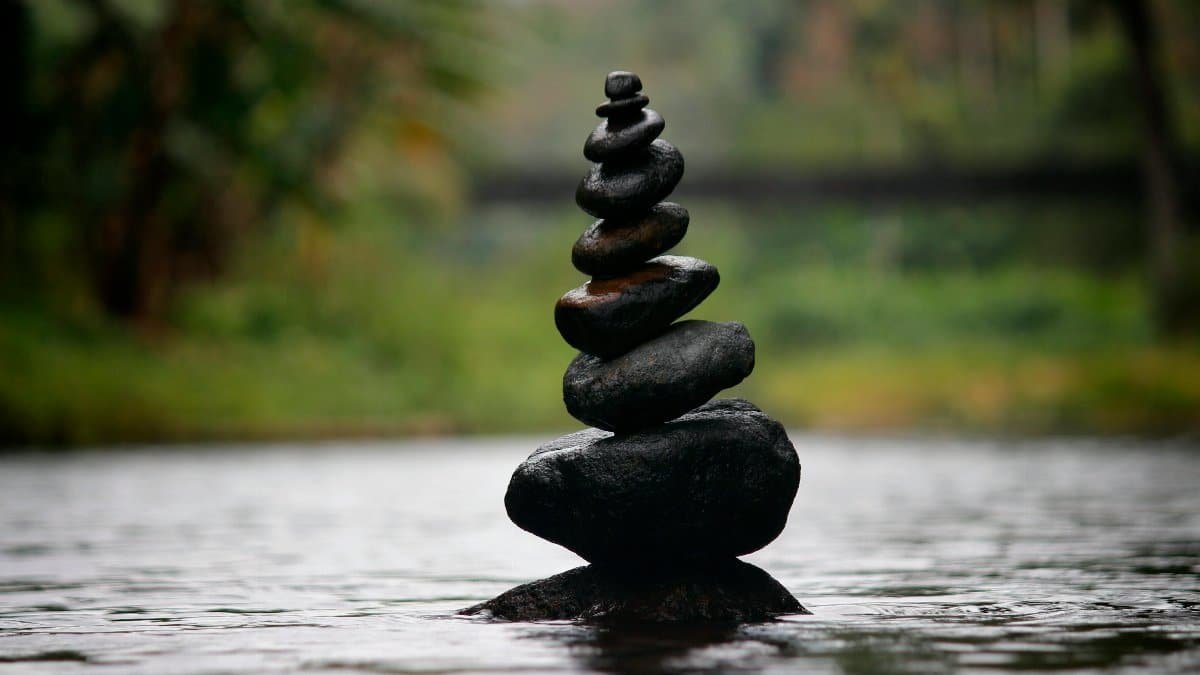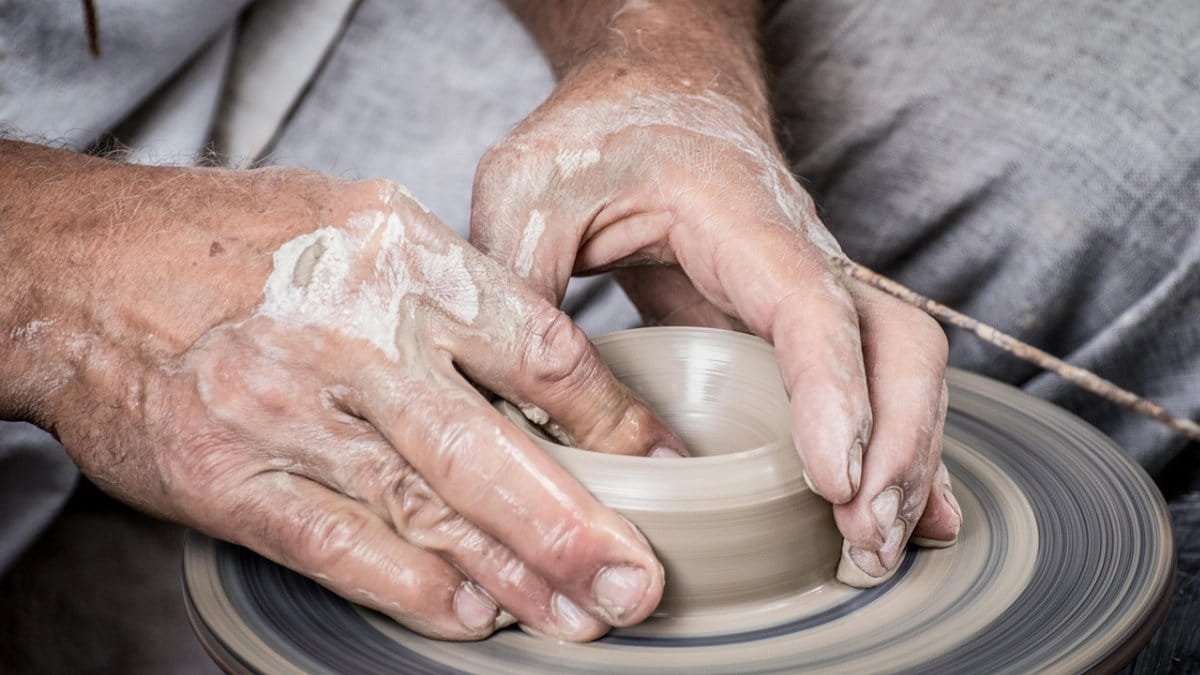Is gratitude stones massive grounding really the solution everyone claims? This trending practice, centered on holding a small stone to anchor oneself in the present, has surged in popularity across the U.S. in 2025. Promoted as a quick fix for stress and disconnection, it’s caught the attention of wellness advocates and skeptics alike. But behind the hype, does this tiny rock truly deliver a powerful emotional reset, or is it just another fleeting fad? Here’s what’s driving the buzz and whether it holds up under scrutiny.
What Are Gratitude Stones?

At its core, a gratitude stone is a small, often smooth rock carried as a tactile reminder to focus on gratitude or mindfulness. Users hold or rub the stone during moments of stress to ground themselves. The concept ties into broader mindfulness practices, blending physical touch with mental awareness. It’s cheap, portable, and accessible—factors fueling its rise among diverse groups, from office workers to students.
Why Grounding Matters in 2025

With anxiety rates climbing—over 31% of U.S. adults report symptoms, per the National Institute of Mental Health —grounding techniques are in high demand. Gratitude stones massive grounding offers a tangible way to snap back to the present. Experts note that physical objects can interrupt spiraling thoughts, a key reason this method resonates in today’s high-stress climate.
The Science Behind the Stone

Research on tactile grounding supports the idea that touch can reduce cortisol levels, the stress hormone. A study from the University of California, Los Angeles found that physical stimuli, like holding an object, can activate calming neural pathways. While specific data on gratitude stones is sparse, their use aligns with proven sensory-based therapies. It’s not magic—it’s a prompt for mindfulness.
How People Are Using Them

From boardrooms to classrooms, gratitude stones are popping up everywhere. A New York-based therapist shared that clients keep stones on their desks as a quick reset during tense moments. Social media posts show users pairing stones with daily affirmations, turning a mundane rock into a ritual. The simplicity is the selling point: no apps, no cost, just a pocket-sized anchor.
The Paradox: Small Tool, Big Impact?

Here’s the contradiction—how can something so small create such a profound effect? Advocates argue the stone’s power lies in intention. Holding it forces a pause, a deliberate shift in focus. A Chicago wellness coach told us, “It’s not the rock; it’s the reminder to breathe and recenter.” For many, that split-second shift feels massive, even if the evidence is anecdotal.
Skeptics Push Back

Not everyone’s sold. Critics call gratitude stones a placebo at best, a distraction at worst. Some psychologists warn that over-relying on objects for emotional regulation could hinder deeper coping skills. A report from American Psychological Association stresses the need for comprehensive mental health strategies over quick fixes. The debate continues as popularity grows.
Who’s Driving the Trend?

Wellness influencers and mental health advocates are amplifying the gratitude stones massive grounding movement. Gen Z, in particular, has embraced it, with TikTok videos racking up millions of views. Meanwhile, corporate wellness programs are adopting the practice, distributing branded stones at retreats. In 2025, it’s clear this niche tool has mainstream traction, for better or worse.
Does It Work for Everyone?

Results vary. For some, the stone is a lifeline during panic attacks. Others find it forgettable, just another trinket. Personal context matters—those already open to mindfulness tend to benefit most. If you’re curious, it’s a low-risk experiment. Grab a pebble, assign it meaning, and test the hype yourself.
